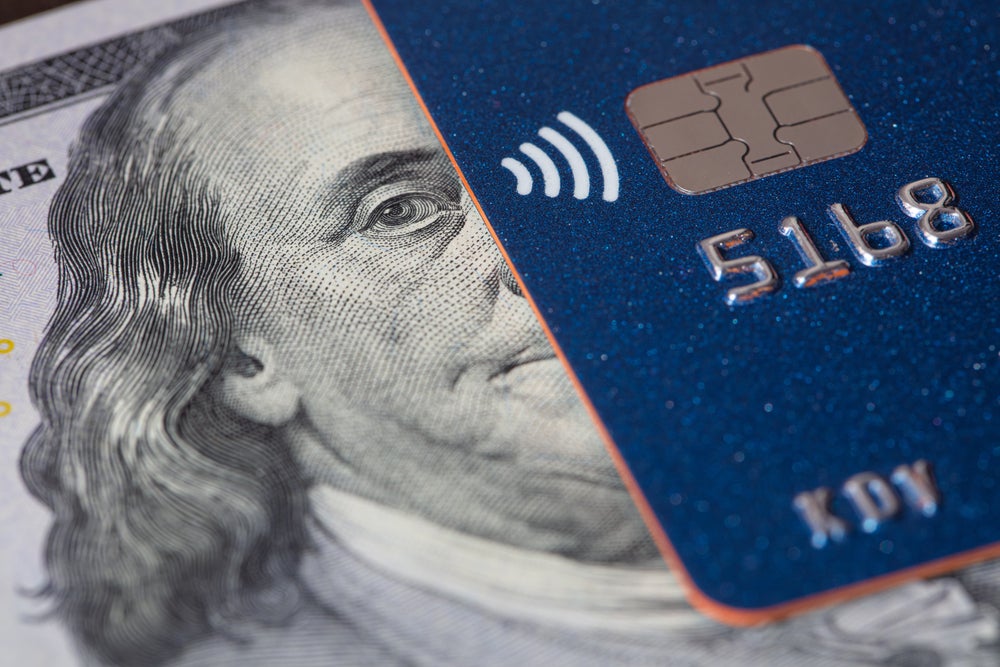
The use of digital wallets continues to grow at a rapid pace. But debit cards are preferred over other payment methods, like credit cards, digital wallets and BNPL.
The JD Power 2024 debit card satisfaction study spotlights the prevailing sentiment and emerging trends in debit card usage. In addition, it examines how that may change with the continued uptick in the adoption of digital wallet brands.
Overall, 72% of customers say they use a debit card at the point of sale. That covers either tapping, dipping, or swiping their card in person or entering their account number online or in a mobile app. That’s higher than all other payment methods, including cash, credit cards and digital wallets. Debit cards also have the highest proportion (68%) of customers with a favourable impression of the payment method when compared with other forms of payment, such as credit cards, digital wallets and buy now pay later (BNPL).
Customers under 40 years old continue to be the most likely users of debit cards (82%). And they are most likely to have a favourable view of debit cards (77%). Debit card providers that perform particularly well in the under-40 segment include Capital One, Chase and US Bank.
Top issuers thrive on fees and security
While debit cards boast impressive marks, there is a wide variation of satisfaction level with debit card issuers among customers that use their cards at the point of sale. JD Power reports an 85-point (on a 1,000-point scale) difference between the top- and bottom-ranked issuers. Scores are most influenced by customer opinions about the reasonableness of fees and services charges and purchase limits.
Security is also critically important to debit card users. Issuers whose customers say they keep them completely informed about security policies/protections receive the greatest boost in overall performance. BMO, Capital One, Citi, and Huntington all deliver strong results in the security dimension.

US Tariffs are shifting - will you react or anticipate?
Don’t let policy changes catch you off guard. Stay proactive with real-time data and expert analysis.
By GlobalDataMaintaining an edge
As digital wallets grow in popularity, there will be a slow deterioration in the share of customers using debit cards. The decline in debit usage will not necessarily result in less debit card spend for issuers. That’s because debit cards are used more often in digital wallets than credit cards. The risk for issuers is that customer affinity with their brand will likely take a hit. Shoppers will associate transactions with the wallet provider (e.g Apple) instead of their issuer. After all, when a customer uses a digital wallet, the ease of use and positive connotations they feel is attributed to the technology company behind the wallet, not the debit card.
Paze digital wallet
Early Warning’s new Paze digital wallet represents an interesting strategy for overcoming that challenge. It enables debit card issuing banks to retain brand relevance and the customer relationship within the digital wallet ecosystem. JD Power says that consumers who prefer to pay with debit are also more likely to be digital wallet users. Issuers that offer Paze and encourage their active debit card users to enrol should benefit most from a combination of continued spend and brand recognition.
There remains a challenge to debit card issuers at the physical point of sale. That is, how can they reinforce their brand to customers increasingly reaching for their phones instead of their cards. Issuers will have to find new ways to make themselves indispensable to the customer. That may mean a focus on value-added experiences related to budgeting, security, or rewards. Such factors all have strong influence on debit card user satisfaction when delivered well.
Debit card issuers must adapt or face losing their top-of-wallet position and brand relevance at the point of sale.







